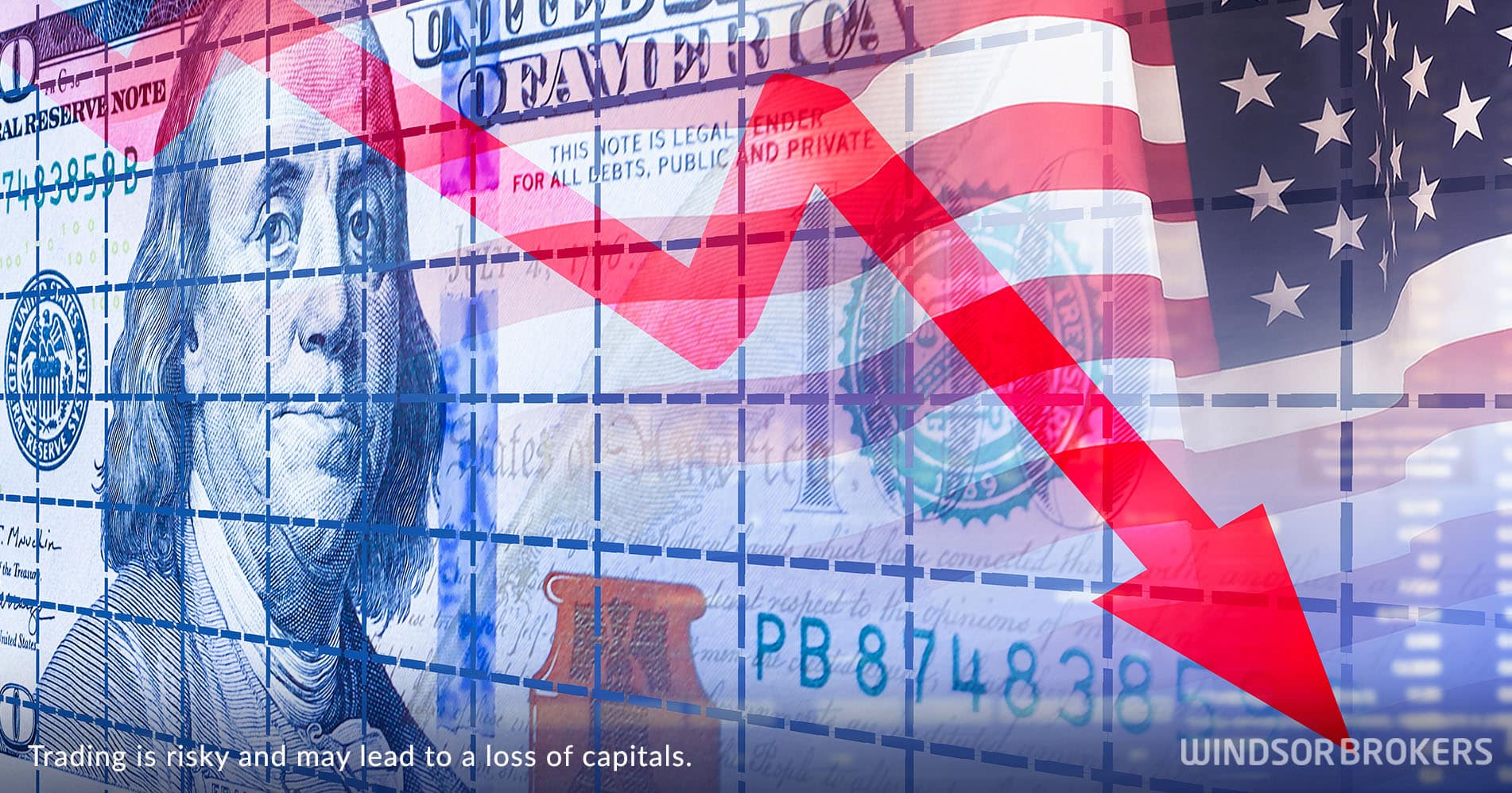US inflation rises less than expected in February but economists remain concerned about negative impact from trade war
US inflation rose below expectations in February, with monthly consumer prices increasing 0.2% compared to 0.5% increase previous month and slid below 0.3% consensus, while annualized inflation was up 2.8% in 12 months through February, after climbing 3.0% in January and beat forecast for 2.9% increase.
Core inflation, stripped for the most volatile components and providing more precise measure of inflation, was also below expectations in February (m/m 0.2% vs 0.3% f/c; y/y 3.1% vs 3.2% f/c).
Although February figures, the first full inflation report of President Donald Trump’s administration, were better than expected, economists remain cautiously optimistic and express concerns about escalating trade war which could inflate prices in coming months.
Also, inflation is still significantly above Fed’s 2% target, with signals that recent improvement might be short-lived, as consumers likely rushed to buy a number of goods in anticipation of fresh rise in prices, which would be shown in reports in coming months.
The US Federal Reserve face threats from fresh rise in consumer prices, which would derail their attempts to restore price stability, as well as monetary policy.
The latest forecasts show that the US central bank is on track to keep its benchmark overnight interest rate unchanged in the 4.25%-4.50% range for the second time and to deliver its next rate cut in June, though the action will directly depend on the inflationary pressure and condition of the economy.


